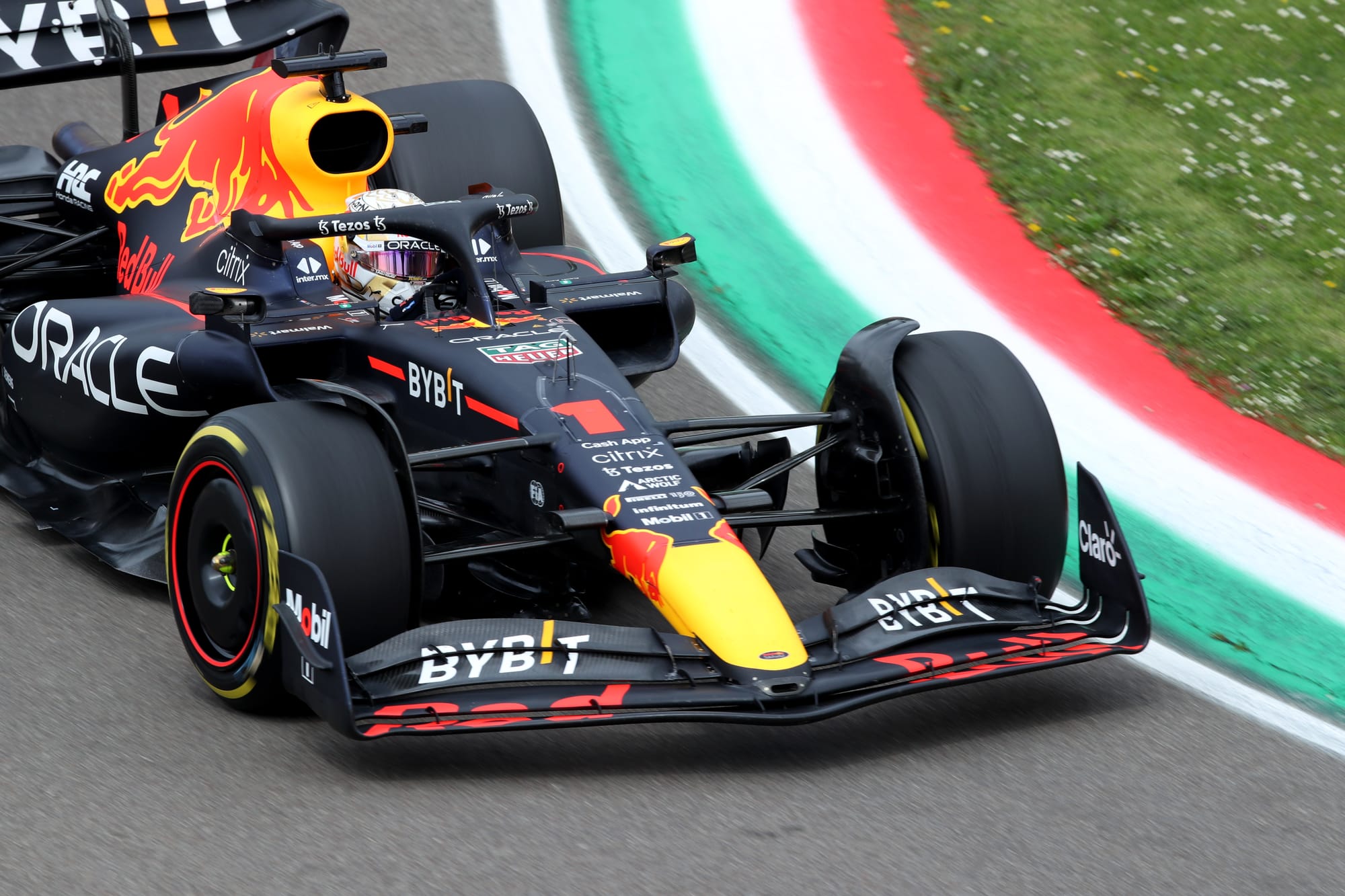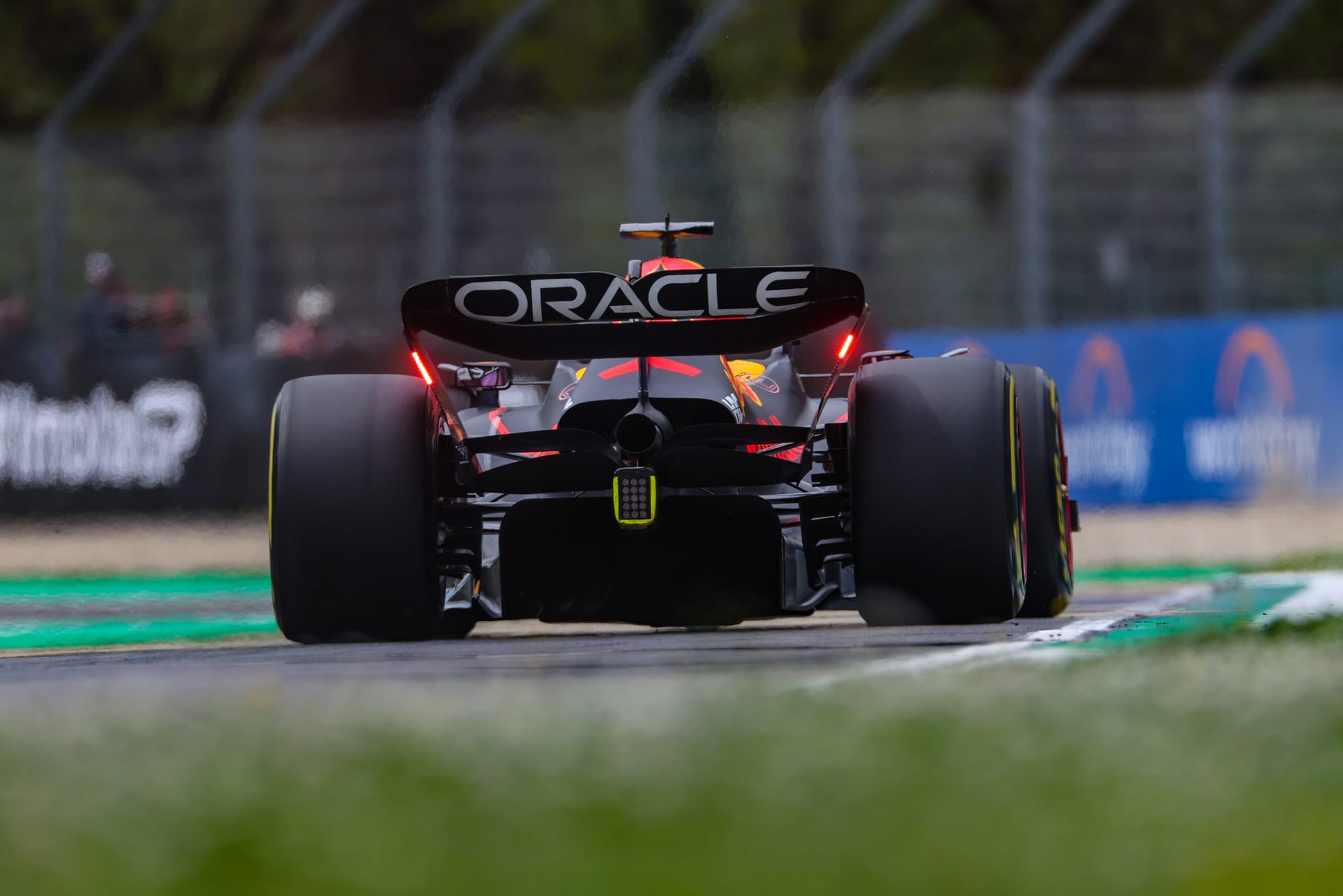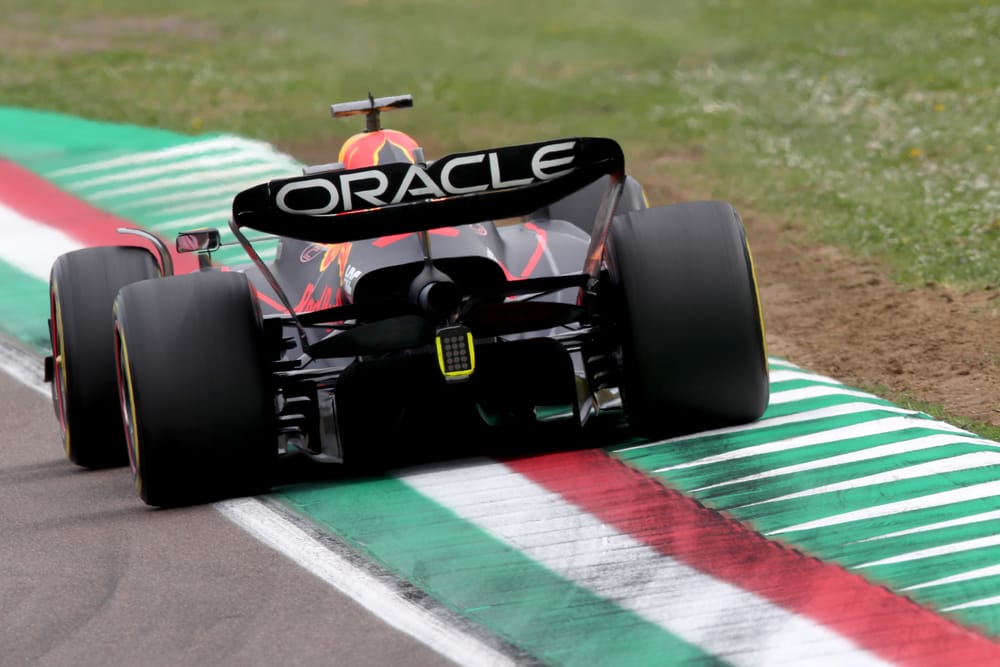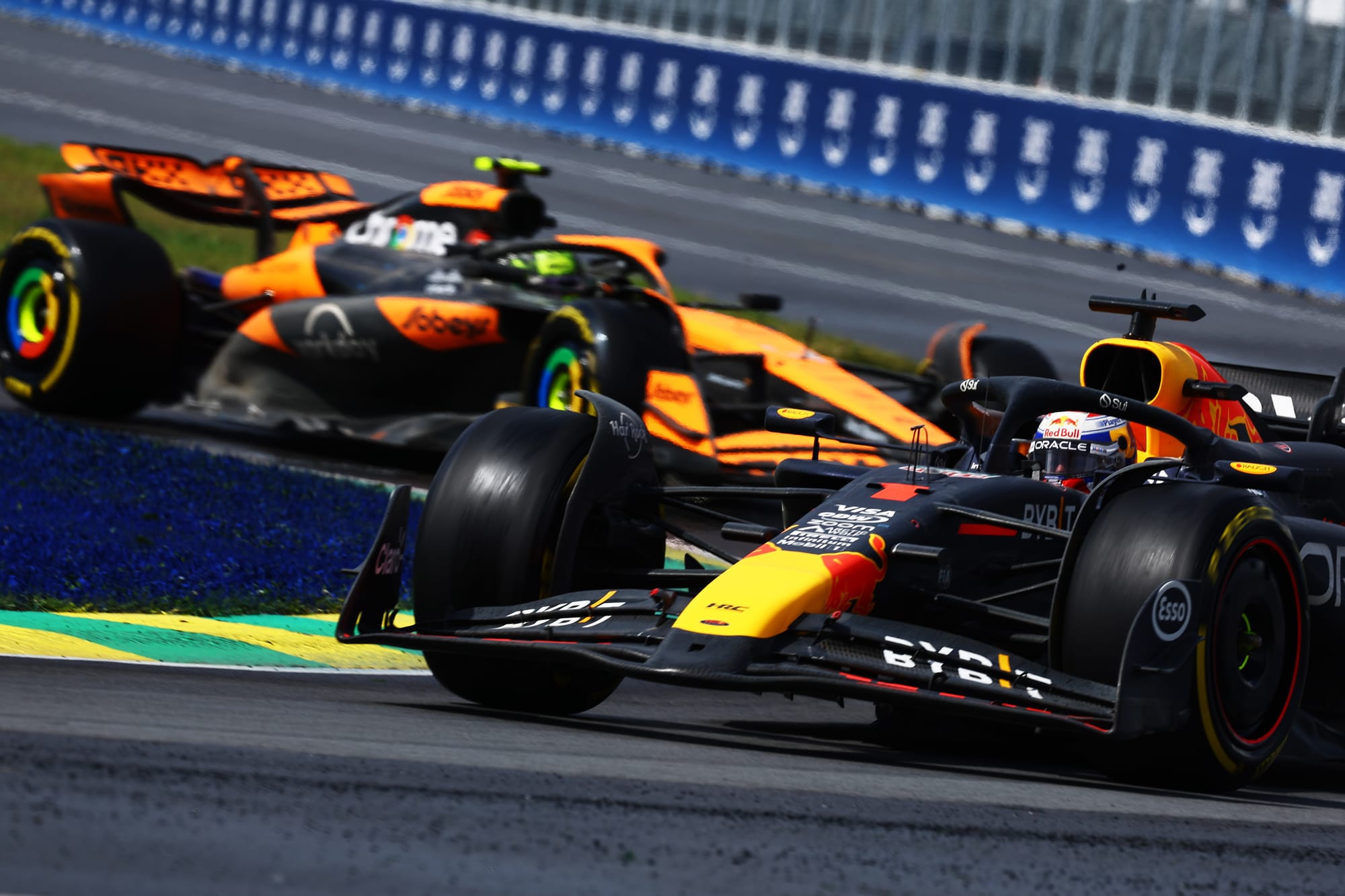Up Next

Max Verstappen’s regular complaints about the number of races in a Formula 1 season means it's significant that he was also in action between grands prix in a two-year-old Red Bull RB18 at Imola on Wednesday.
His test there was all about the team’s ongoing work to improve the kerb- and bump-riding troubles that have made recent races, notably the Monaco Grand Prix, difficult.
Billed in some quarters as a “secret” test, it’s true Red Bull didn’t go out of its way to publicise this running.
However, the regulations permitting what’s called ‘Testing of Previous Cars’, which are currently defined as those of 2020-22 vintage, demand the FIA and all rival teams are notified - so this was perfectly by the book as part of the team’s regular running. Indeed, many teams regularly conduct TPC running, sometimes using current race drivers, without overtly publicising they are doing so.
They're often used as a way to give teams' junior drivers F1 mileage, and a race-winner - particularly the current world champion and championship leader - doing a TPC run mid-season is certainly unusual.
The TPC regulations only allow cars running to accurate period specification, so the 2022 car used will not have featured newly designed parts to be trialled for use. The rules also dictate that Pirelli's Academy-spec tyres - known colloquially as demo tyres - be used.

Instead, it was all about giving Verstappen a direct comparison of the current car relative to where it was two years ago so that he doesn’t have to rely on memory.
"We really tried to give Max a reference from a previous car,” said Red Bull chief engineer Paul Monaghan. “When you're trying to assess the strengths and weaknesses of a current car, his reference is the current car, and it's 'in previous years, we've had this, we've had that'.
“[But] have we really? Because we haven't run them at the same time. So in taking that car out, we tried to give Max a reference to judge it from and he's been able to give us feedback from that."
This was all about refreshing Verstappen’s memory, not just of how the car behaved but likely also how it responded to different set-ups - and at particular ride heights - with the possibility such experimentation could allow Red Bull to learn something on top of the benefit for Verstappen.
When asked whether this experience has changed the feedback Verstappen gave, Monaghan suggested that the impact was more about validating his feedback and helping to build knowledge on how to tackle the weakness.
"That [feedback] won't change as such, we just give him a different reference,” said Monaghan. “The strengths and weaknesses of the cars or how we perceive it, we can obviously judge relative to our opposition. But we blend that with his comments, check those comments, and we say, 'OK, are we good? Are we bad?'

“[We can] look in the data, see if it's valid to say we're better or worse than some people, what's his perception, why is he saying it? And then what on earth do we do about it?"
The day of running at Imola won’t have suddenly eliminated this limitation for Red Bull, because it’s the result of a car conceived to run with a high level of lateral stiffness at the rear.
However, by revisiting past glories, Verstappen will have ensured his impression of whether the problem has got worse, improved, or stayed much the same is accurate. And it could potentially play a small part in contributing to the knowledge the team is building in the hope of tackling the limitation without giving away more performance in other areas.




